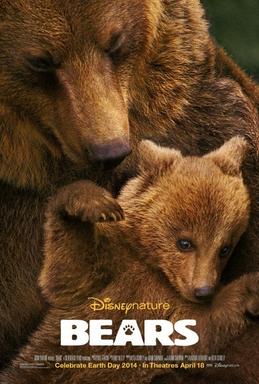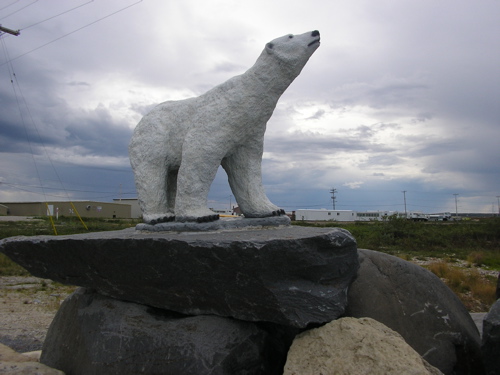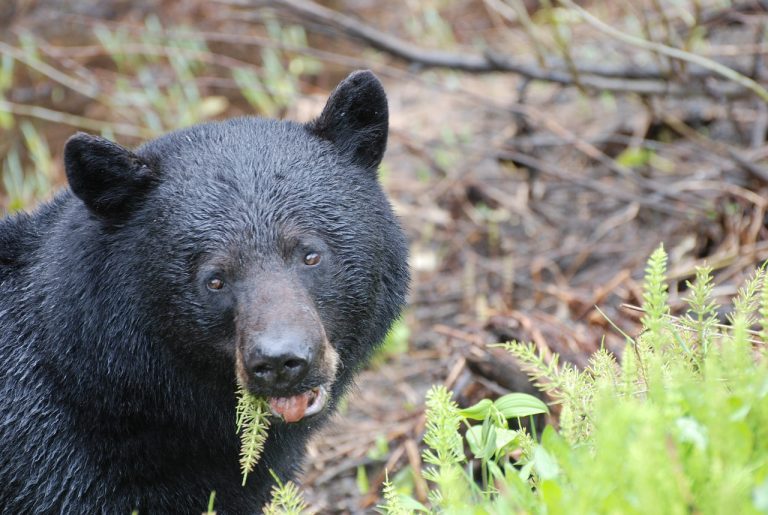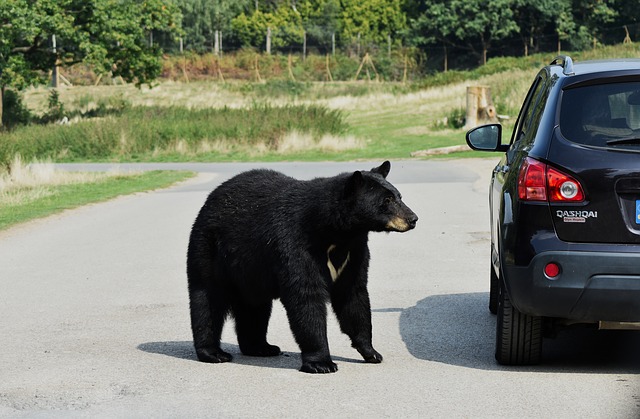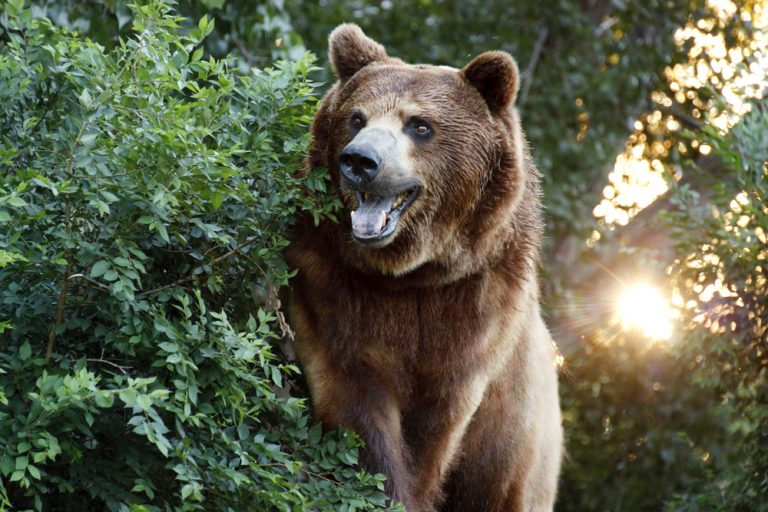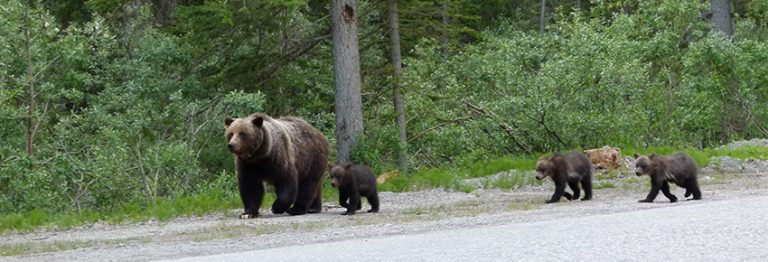The Return Of The British Bears: Can This Plan Work?
There are plans underway to reintroduce British Bears, and wolves, but people are worried. Can this work in modern day Britain?
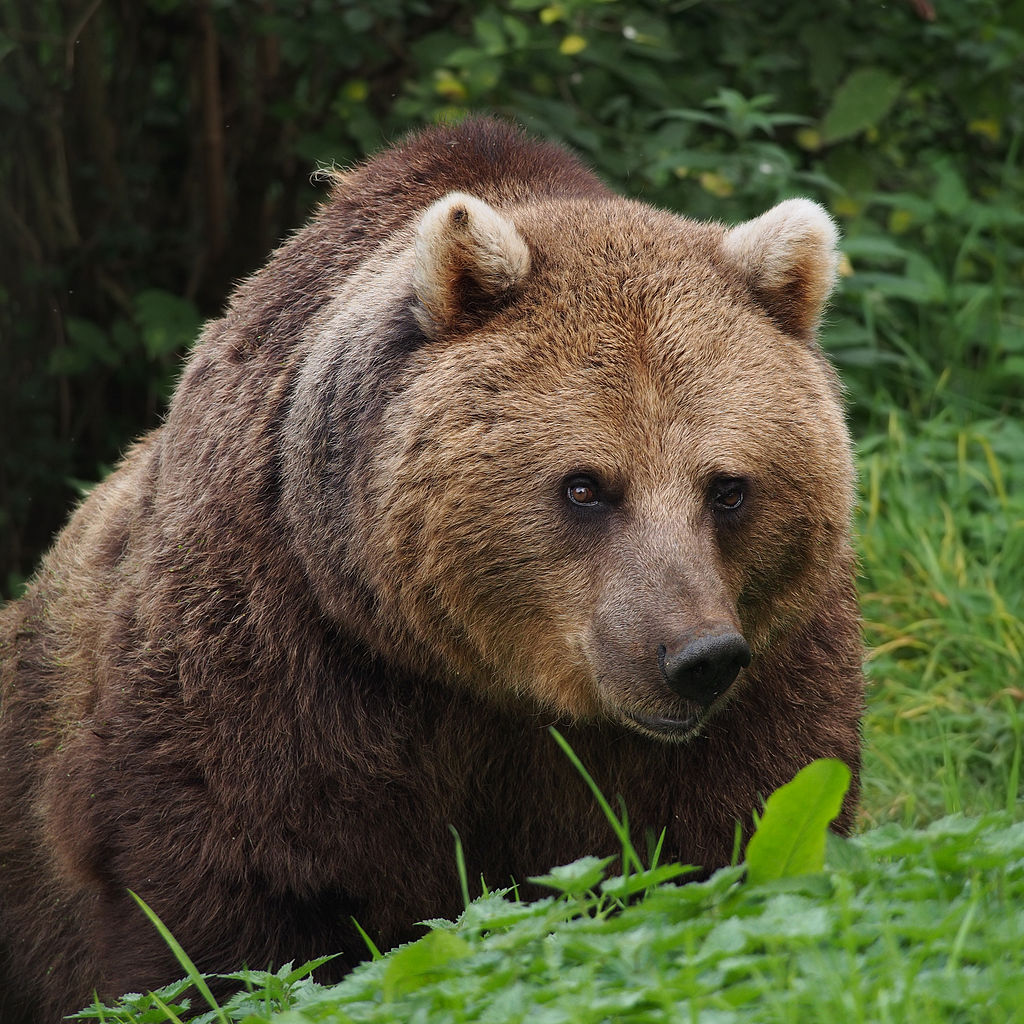
It’s hard to believe but bears once roamed in Britain. The original British bears were Eurasian brown bears: a subspecies of the Brown Bear (Ursus Arctos Arctos).
These animals became extinct in Britain from around the 8th century and survived in Scotland till the 10th century. Of late there have been plans to reintroduce the brown bear to Britain’s countryside.
What Happened To The Original British Bears?
They became extinct due to excessive and uncontrolled hunting for their meat and fur. It is believed that they became extinct before the time of the Anglo-Saxon influx and they were the first large indigenous predators to be eliminated.
The human destruction of their habitat, and relentless persecution saw British bears disappearing swiftly. Though brown bears still inhabit many regions on earth, they are now extinct in many of their original habitats. Once again, due to negative human activities.
In Europe alone, brown bears are extinct in Denmark, Ireland, Lithuania, the Netherlands, Switzerland, the United Kingdom, the Vatican, etc.
Many British bears were shipped off to Rome to fight in the arenas.
What Do The Plans To Reintroduce British Bears Involve?
Reintroduction is basically an attempt to introduce and establish a species in a habitat that was once its natural home, but in which it no longer exists either by extinction or removal. In most cases, these creatures were removed as a result of continuous hunting by humans.
This plan is part of a proposed program by conservationists in the UK. It’s more commonly referred to as “rewilding.” If all goes as proposed, the first bears should arrive Britain in the next 50 years. But what exactly are the foreseeable steps in this rewilding effort?
-
Restoration Of Vegetation
For one thing, rewilding will involve the restoration of vegetation and forests before even bringing back any of the extinct animals. This plan is the result of increasing support for the return of large carnivores like brown bears, wolves, and the much smaller lynx.
The idea is that these animals will improve the diversity of plants and animals. Also, they will help to control the increasing deer problem in Britain.
The number of wild deer presently stands at over 1.5 million, and that’s the largest figure so far in decades. Unfortunately, the deer are damaging trees and causing road accidents that lead to the death of at least 20 people every year.
-
Importation From Other Countries
One angle is to relocate brown bears from other regions where numbers are high and get them into Britain. After some time, they should begin to reproduce and increase in population naturally.
-
Captive Breeding
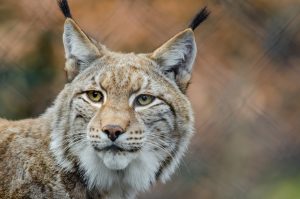
Lynxes And Wolves Are Also Part Of The Reintroduction Plan.
Another measure that the reintroduction plans are looking at to bring back British bears is captive breeding. In that case, a few bears could be introduced from another country and held in an enclosed area for breeding purposes.
Although captive breeding has its positive attributes, the negatives are often daunting.
For instance, captive bred offspring typically lack the required skills to survive in the wild. Nevertheless, there are positives too such as providing a suitable environment for population increase which could be impossible in the wild due to the harsh environment.
Can Bears And Other Wildlife Survive In Modern Day Britain?
Though there is increasing support for reintroduction of these bears, what will the bears meet if or when they do arrive?
If the major causes that led to the extinction of the bears (hunting and habitat loss) are not addressed then the same thing could happen all over again.
Habitats suitable for their survival include very large open meadows, large river valleys and mountain forests.
Can that much land be set aside before these bears and other predators “return?”
Oppositions To The Plan
As usual, with every plan that involves change, there must be some sort of opposition and that’s also the case with the reintroduction plan for British bears.
The major concerns of the opposition include:
- Bears in general feed on vegetables and meat. Honey and insects are also included in their diet when available. When food is scarce, the bears may attack livestock which may pose a danger to humans.
- Hikers may be at increased risk of attack if the bears are left to roam wild.
- There are also worries that the reintroduction is being done on agricultural land which will be at the expense of food production.
- Land is becoming increasingly scarce with increased human population.
Whatever the case may be, if these plans are to work, a number of things must be considered before even the first bear steps on British soil.
For one thing, there should be adequate habitat set aside for them to roam freely. Also, the authorities will do well to expect and plan to address any conflicts that may arise.
Especially human-bear conflicts.
Hikers and people living near the habitat of the bears would have to be especially careful about how they relate with the animals. They would also need to be vigilant about how they dispose of garbage and leftover food. That’s to avoid problems like in the case of the Yosemite Black Bears.
Certainly reintroduction of the British bears has its advantages for the people and the environment. It just has to be well thought out and managed properly.

